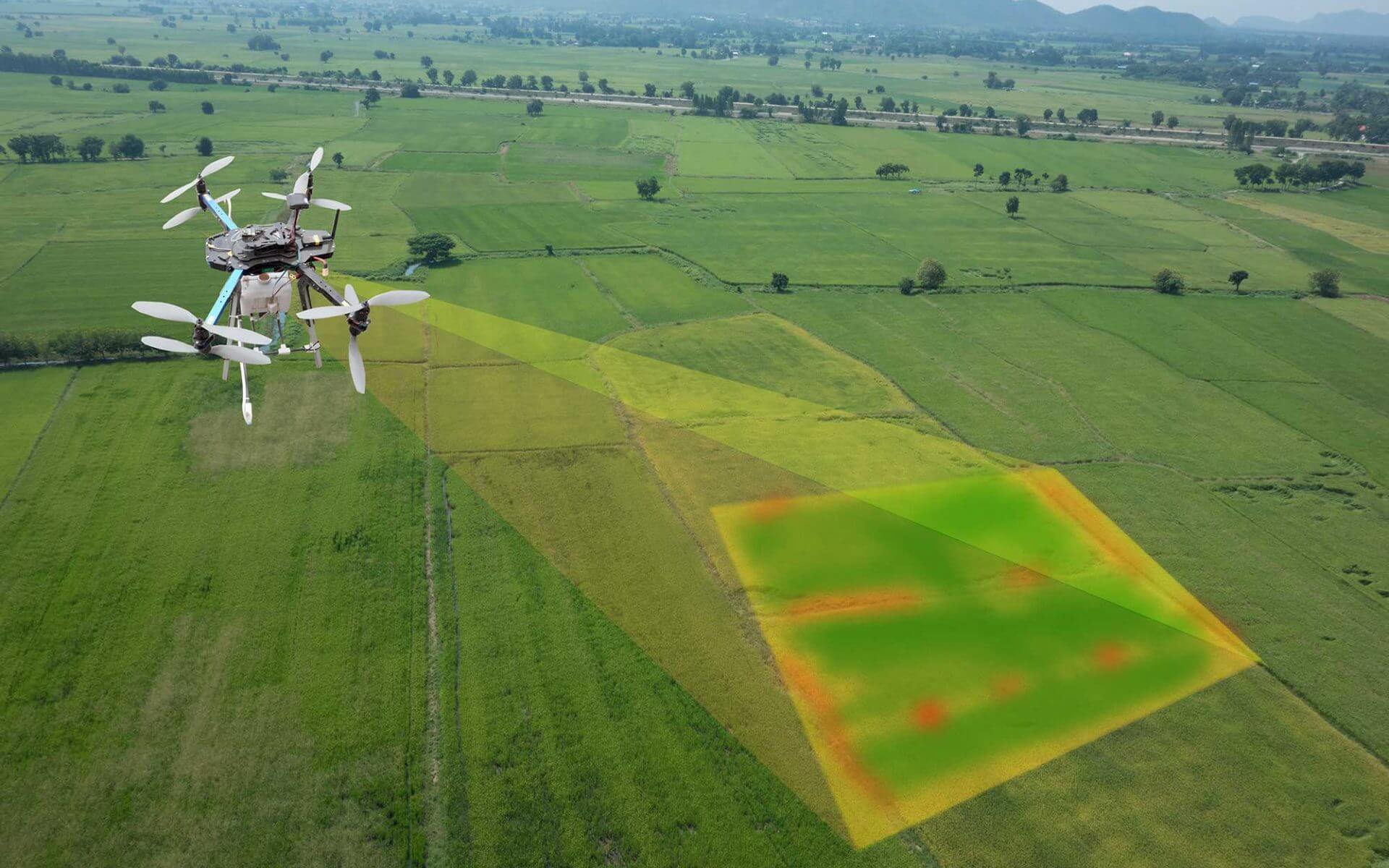The field of archaeology has been revolutionized by the integration of cutting-edge technologies, and one of the most impactful tools in this evolution is the deployment of “Drone Services.” These unmanned aerial vehicles have become instrumental in reshaping the way archaeologists explore, document, and preserve historical sites, offering a unique perspective from the skies.
The term “Drone Services” in the context of aerial archaeology encapsulates a wide range of applications, each contributing to the preservation and understanding of our cultural heritage. Aerial surveys conducted by drones provide archaeologists with a bird’s-eye view of expansive landscapes, enabling them to identify subtle patterns, previously unseen structures, and potential archaeological sites that might be hidden from ground-level observations.
One of the key advantages of employing drone services in archaeological endeavors is the efficiency and speed with which they can cover vast areas. Traditional ground surveys are often time-consuming and may be limited by geographical challenges. Drones, equipped with high-resolution cameras and LiDAR sensors, can swiftly capture detailed images and data, facilitating the creation of accurate 3D models of archaeological sites. This not only expedites the discovery process but also enhances the overall accuracy of documentation.
In addition to surveying, drones play a crucial role in archaeological site management and preservation. By regularly monitoring sites from the air, archaeologists can identify changes in the landscape, potential threats, or instances of looting. The term “Drone Services” takes on a protective role here, as these aerial tools help safeguard invaluable historical artifacts and structures for future generations.
Furthermore, drones aid archaeologists in creating comprehensive maps and visualizations, enabling them to analyze the spatial relationships between different features of a site. This holistic perspective enhances the interpretation of historical contexts and assists in creating more accurate reconstructions of ancient landscapes. The term “Drone Services” embodies the collaborative nature of these aerial tools in unraveling the mysteries of our past.
In conclusion, the marriage of archaeology and “Drone Services” has ushered in a new era of discovery and preservation. These unmanned aerial vehicles have become indispensable tools in the archaeologist’s toolkit, providing a unique and efficient means of exploring, documenting, and protecting our rich cultural heritage from the skies. As technology continues to advance, the role of drone services in uncovering the secrets of our past is likely to become even more profound and essential.



